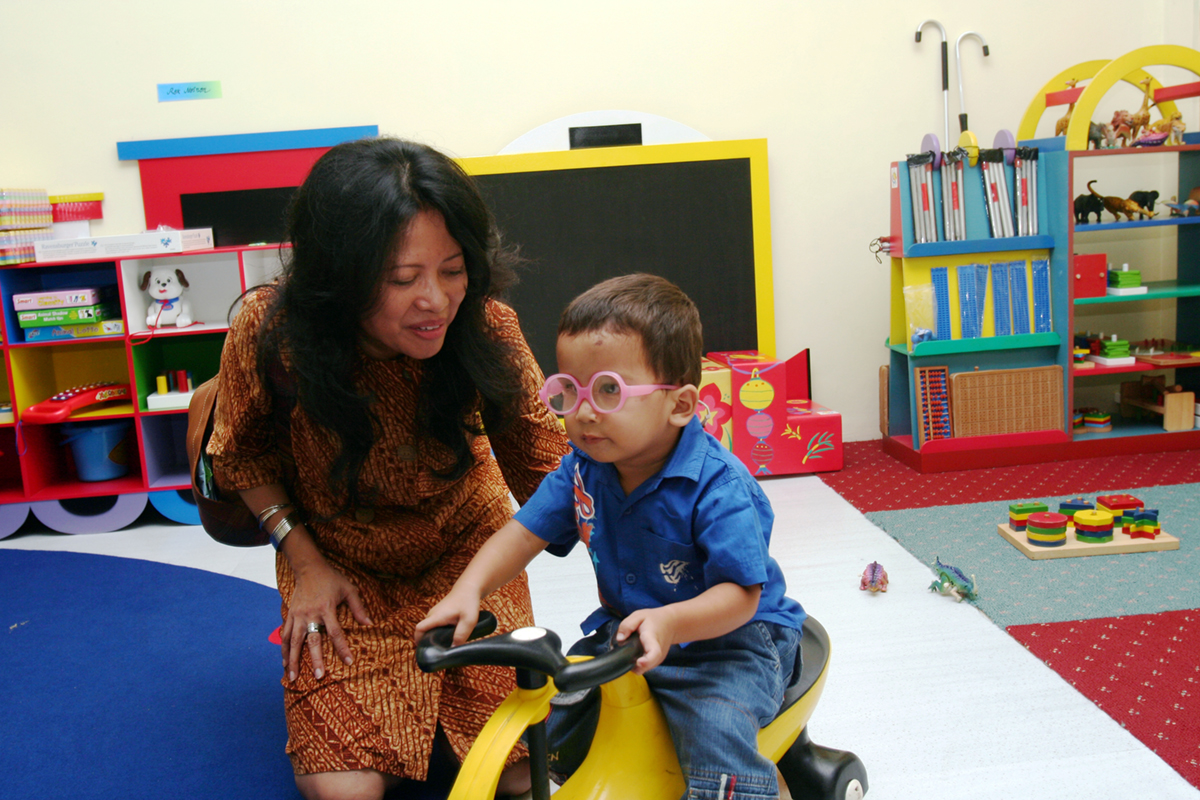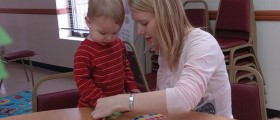
What is a Learning Disability?
It is often the case that parents of children who might be having a learning disability are overwhelmed by the amount of various information that is constantly available, as there is an abundance of research, debates and controversies when it comes to both diagnosing and treating learning disabilities.
A learning disability is a difference in perceiving and processing information in the brain compared to an average person. A child affected by a learning disorder cannot focus, and try harder to solve a problem that is giving him or her trouble, even though having a learning disability does not mean having lower intellectual abilities.
Luckily, the brain is a kind of organ that throughout life constantly changes, a process called neuroplasticity, meaning it creates new brain cells and connections, so there is hope if the treatment for a learning disability is started early that the outcome would be successful.
It is also important for parents to realize that their child’s chance of successfully overcoming a learning disability depends primarily on their support, love, and understanding. A positive outlook itself cannot result in the problem going away, but it is a necessary component of treatment. Also, it is highly beneficial for the parents to be informed as much as possible about all aspects of their child’s problem and to arm themselves with tools necessary to reinforce and appreciate the child’s progress.Signs and Symptoms
Following a child’s progress in every stage of development is very important when it comes to catching a learning disability, as it is vital to diagnose as early as possible for treatment to be successful. A great aid for parents is a chart made by the National Center for Learning Disabilities that covers all developmental milestones and outlines proper skills and abilities that are supposed to be present at every age. Types of Learning Disabilities
Learning disabilities are usually categorized by the types of cognitive impairment such as motor, math, language, reading, and writing learning problems.
Having a motor disability means having trouble with coordinating movement, whether it be the movement of legs when running or the movement of a hand when writing, and is relatively easily detectable in a child. Those individuals with a math learning disability will have trouble learning numbers, learning how to count, and later on following the basic principles of mathematics. A language based learning disability involves having trouble producing and understanding spoken language, such as starting speaking later than average or having difficulty learning to speak properly. When it comes to the reading learning disability, children will have trouble recognizing letters and words, understanding written words, read very slowly, and have smaller vocabularies than usual. A writing learning disability involves having difficulty physically producing letter and words on paper. Another kind of writing disability involves having trouble arranging thoughts on paper. Writing learning disabilities are recognized by neatness, clarity, and spelling of the words as well as their clarity. Parents also need to be on the lookout for any visual or auditory problems given that if a child cannot see or hear properly, the input to the brain will not be delivered and the process of learning new skills and abilities will inevitably suffer.
Diagnosis and Treatment
Getting a learning disability diagnosis for your child can sometimes be a long and confusing process. It is usually advised that the parents start the process at the school, asking for a referral. If the school does not have the resources to assist, the next step includes asking the family physician or a primary health care provider.
Once the child is referred to a specialist a battery of tests will be administered, and all relevant information collected, such as family medical history. Once the assessment is completed the child will be regularly going to a specialist for therapy sessions. There are a couple of kinds of professionals who help children with learning disabilities including psychologists, psychometrists, and occupational, and speech or language therapists. A therapist will focus on the primary component of therapy called integration. The process of integration is associated with having a clear understanding of the input that has been received by the brain. There are three steps involved in this process, which are sequencing, abstraction, and organization. Sequencing refers to placing the information received in the right order. Abstraction is associated with understanding the information, and organization invokes the brain’s capabilities to utilize this information to form entire thoughts.
Statistics on Learning Disabilities
The statistical data on learning disabilities in the US are alarming. There are anywhere between 30 and 50% of individuals who have an undiagnosed learning disability, while 1 out of 5 people suffers from some form of this type of disorder. In addition, almost 3 million school children are diagnosed with a learning disability and getting some form of treatment.

















Your thoughts on this
Loading...